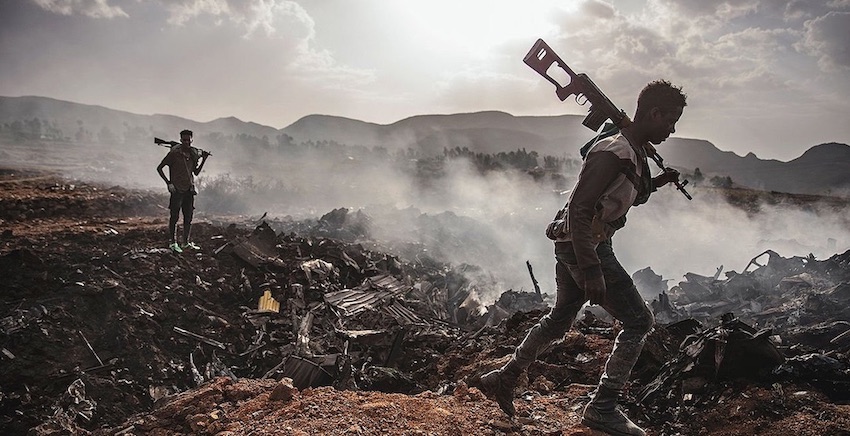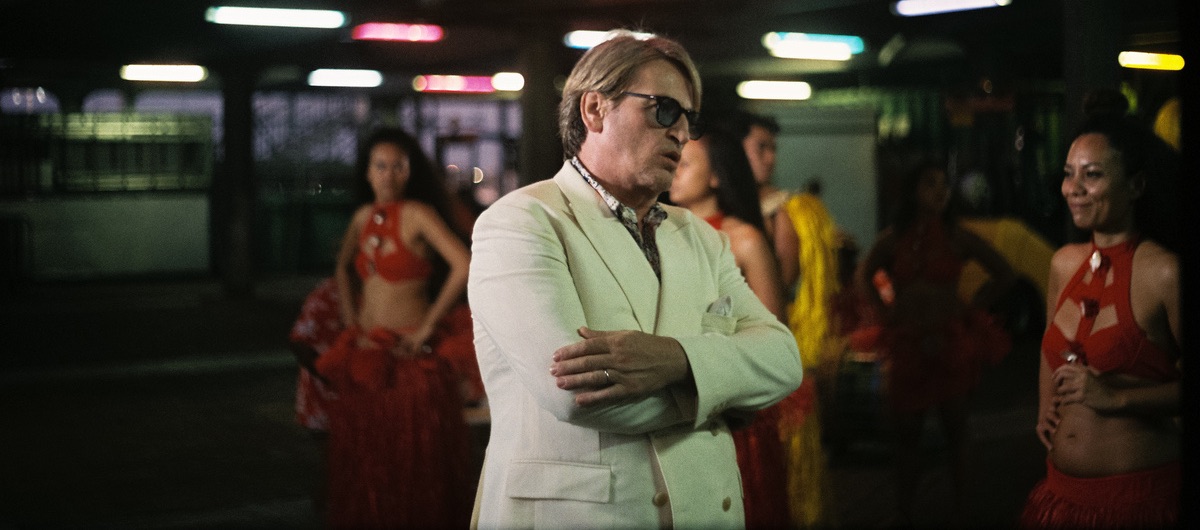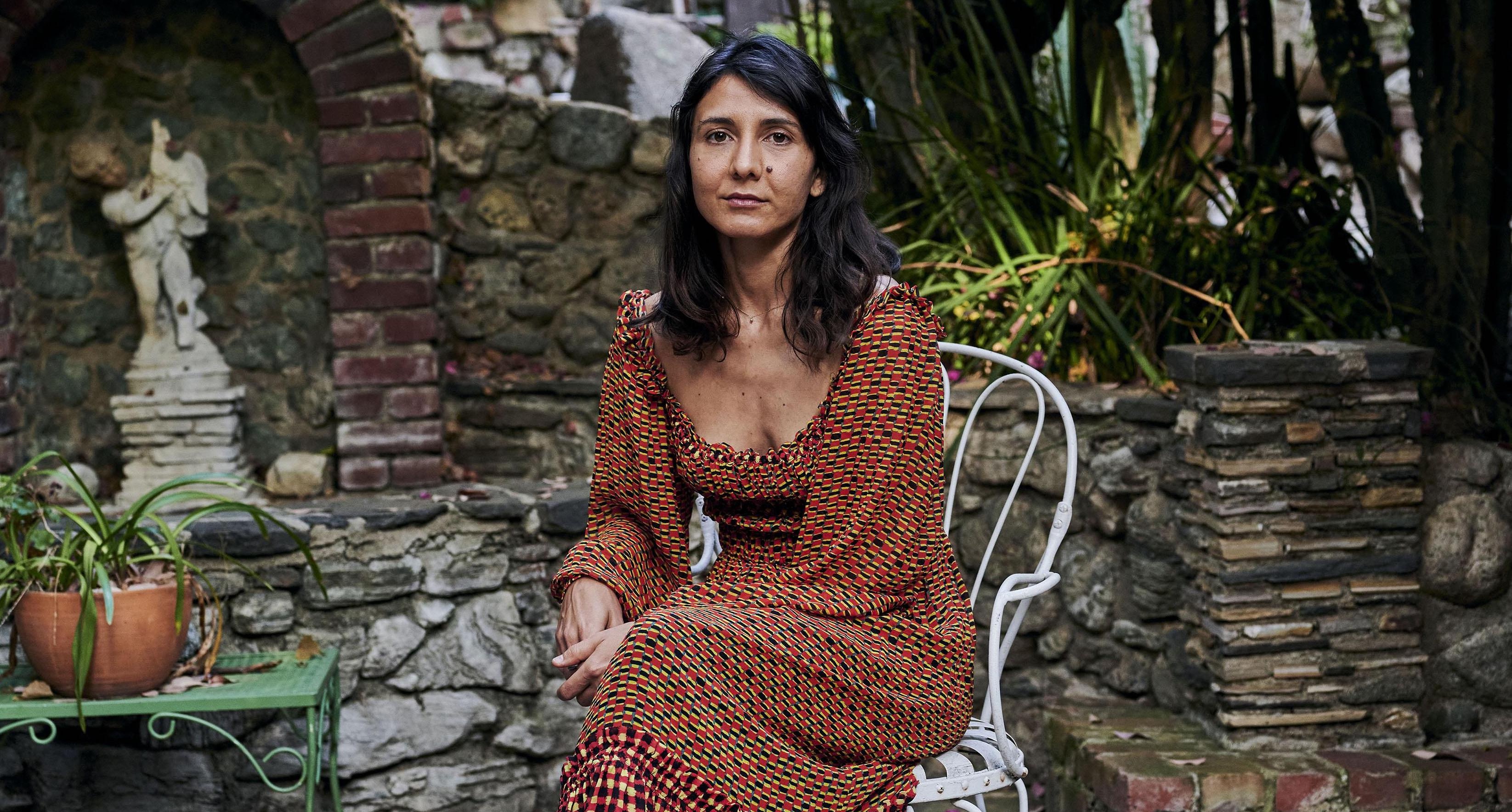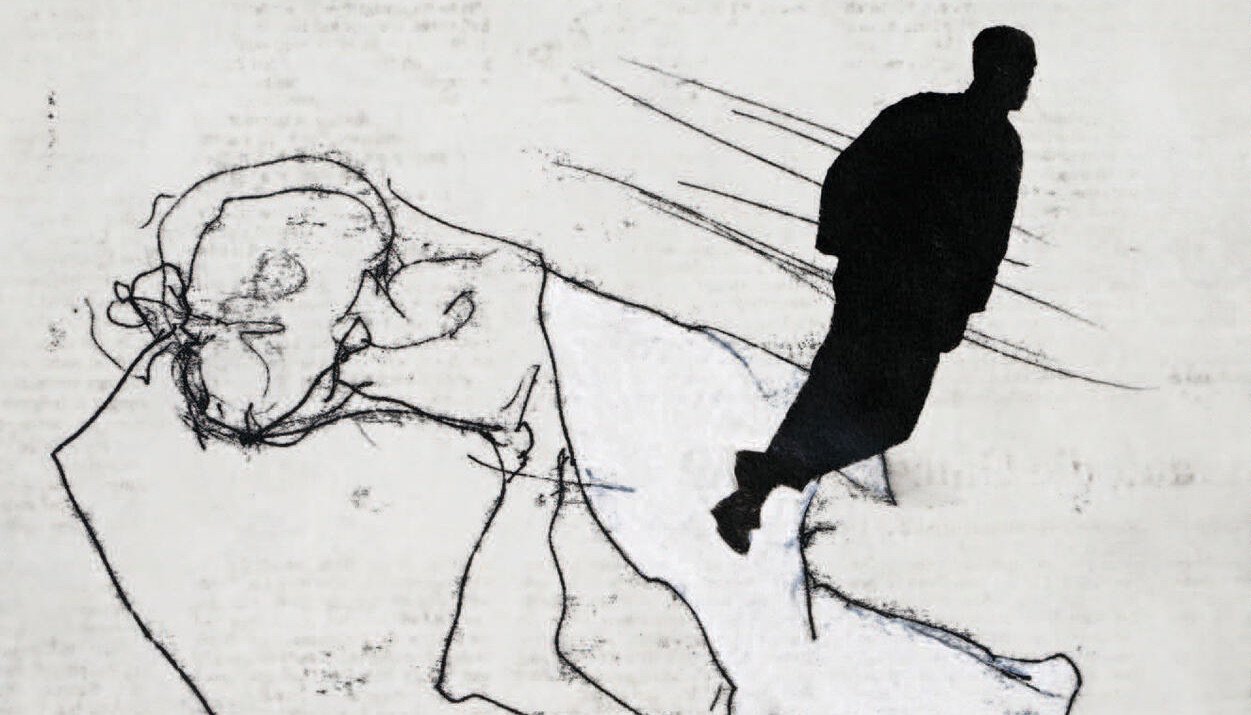In Ethiopia, the last few months have seen a dramatic reshuffling of cards. With signs that the federal government are preparing to enter peace talks, the tripartite alliance waging war on the northernmost Ethiopian regional state of Tigray has broken down. The belligerents had been united by overlapping interests – Prime Minister Abiy Ahmed sought to consolidate his rule and remove the region’s oppositional ruling party; Eritrea to avenge its defeat in the 1998-2000 Eritrean-Ethiopian war at the hands of a Tigray-dominated army; militias from the neighbouring Amhara state to ‘reclaim’ land from Tigray. Today however, cordial relations between Abiy and Eritrean president Isaias Afwerki, which earned the former a Nobel Peace Prize and set the stage for war, have been replaced by mutual suspicion; Eritrea has tellingly recalled its ambassador, replacing him with a chargé d’affaires. Meanwhile, Abiy’s government is now pursuing a campaign of pacification against its erstwhile Amhara nationalist allies.
The offensive launched on Tigray in November 2020 was initially a success. Abiy declared victory after a matter of weeks, when the regional capital of Mekele was overtaken. Yet setbacks soon followed. The alliance was dislodged from the main cities by a Tigrayan offensive in mid-2021, and by December Tigrayan forces had advanced southwards through Amhara to within 200 km of the federal capital of Addis Ababa (triggering the government to call a state of emergency and engage in mass detainment of Tigrayans civilians). These forces were subsequently pushed back to the Tigrayan border, after drones from Abiy’s foreign benefactors began to inflict heavy costs. But the Tigrayan leadership insisted that the reasons were also political. The fact that both sides halted at the border indicated that some form of agreement, probably through American intermediaries, had been reached. Since then, the warrying parties have largely avoided open confrontation, and in March this year, Abiy’s government declared a ceasefire which was accepted by Tigray.
Eritrea remains insistent on eradicating Tigray’s ruling party, blaming Abiy’s lack of resolve for not having managed to do so; so too, the Amhara nationalists, who believe that Abiy’s forces provided insufficient protection to Amhara areas that fell under Tigrayan control. Yet while it is too soon to ascertain whether Abiy’s government now intends to engage in good-faith negotiations – and with the blockade on Tigray continuing to starve its population and economy – the deterioration of the alliance suggests that the regime has realized the war is unwinnable. That such conditions for peace have developed to the extent they have has little to do with the ‘concern’ of the ‘international community’ of powerful western states, which was never matched by any willingness to damage relations with a compliant regime. Neither has the African Union shown any inclination to embarrass Addis Ababa. The lesson that the conflict holds for similar regions, nationalities and communities is that both defence and liberation remain dependent on one’s own forces.
For Abiy, peace negotiations would be a de facto acceptance of defeat. Though there are no Ethiopian winners of this war, whereas the Tigrayan regional government can at least claim to have successfully defended its state’s self-administration, Abiy’s government has achieved none of its aims. It has not captured the ‘fugitive’ leaders of Tigray’s ruling party in what it labelled a mere ‘law enforcement operation’, and it has not been able to assert federal government rule in the region. It has, however, created a humanitarian catastrophe, with up to half a million Tigrayans said to have died from war and famine, wrecked the economy, compromised the sovereignty and imperilled the integrity of the country. With his ambitions thwarted, Abiy is now essentially a lame-duck akin to Omar al-Bashir in the aftermath of the 2005 peace deal between the Sudanese government and South Sudan (though the future status of Tigray remains an open question, and the Tigrayan leadership will likely look for a settlement short of secession in the medium term).
Abiy’s Prosperity Party, much like al-Bashir’s National Congress Party, will emerge from a war that devastated the country but achieved none of its aims and will now be forced to share power with an organization that represents those it has brutalized. It has serious explaining to do, even to those who parties and populations that supported the war. While no immediate organized threat has presented itself (partly because Abiy’s security forces and courts are busy preventing any credible opposition from emerging in areas it controls), a retreat is evident. Whereas former Ethiopian Prime Minister Meles Zenawi once boasted that his party’s writ ran in every village, Abiy appears to have little control over even the regional branches of his own party. He is more often portrayed touring new parks in the capital than in exercising power over the republic, and the most notable project launched by his government in the last year is the construction of a new palace for himself, at the shocking cost of a billion US dollars.
Meanwhile, Abiy’s government must deliver on the deceptively named ‘home-grown economic reform agenda’ he has promised its foreign financiers, which includes the privatization of key public assets in sectors recently opened to foreign ownership, devaluation and liberalisation of foreign currency and exchange rate controls, establishment of stock and secondary bond exchange markets open to foreign capital, liberalisation of finance sector policies, deregulation of large-scale mining projects, the removal of trade tariffs and barriers, and expedition of WTO accession. The US-European agenda is to pry the Ethiopian economy open and to have its public assets brought under private ownership. This aligns with the ambition of the elite of the Prosperity Party (which has jokingly been called the Property Party) to profit from such a process. Other powers, such as Turkey and the UAE, now have militarized interests in the country, and Abiy is indebted to them too. In one way or another, they will look to collect on their debt.
The realization that the war in Tigray is unwinnable has unfortunately not prompted the same realization in Oromia, where the federal government is doubling down on militarizing the conflict against the Oromo Liberation Army. The insurgency was no more than a minor nuisance when Abiy came to power in 2018. Yet his government’s attempts to suppress opposition to his rule – in a similar manner to in Tigray – has transformed it into a major problem. In Oromia there have also been several recent cases in which the rebels have been allegedly implicated in mass atrocities. In the past month alone, at least two massacres of mostly non-Oromo civilians – each numbering in the hundreds – have occurred there. The rebels have denied culpability and pointed to the government side. Neither belligerent have a convincing historical record in this regard, however, as both have repeatedly targeted national minorities in the past. The population in Oromia find themselves increasingly caught between a rock and a hard place.
At the same time, the Western Zone of Tigray – also called Welkait – remains under federal military and Amhara administrative control. This zone saw some of the worst crimes of the war, as the Amhara authorities sought to cleanse it of its Tigrayan population, and Amhara authorities have vowed not to relinquish control under any circumstances. Its border with Sudan has also been the site of massive Eritrean military deployment, intended to prevent Tigrayan forces from breaking the blockade. Over the last few months, Amhara militias in the zone have been reined in by federal forces. But should it be returned to Tigrayan administration, this will likely produce a major revolt against Abiy’s government in the Amhara region. Yet any negotiated solution that does not return the western zone to its constitutional pre-war status opens the door for the annexation of other embattled areas. Since all regional states of the Ethiopian federation have border disputes with neighbouring ones, and all are in command of armed forces that occasionally clash or carry out atrocities on each other’s civilian populations, this could trigger the full-scale implosion of the Ethiopian federal state.
Abiy’s regime has driven a wedge between Tigray and the rest of Ethiopia which is unlikely to be removed anytime soon. The scapegoating and ostracization of Tigrayans across Ethiopia even before the war indicates that this constituted an intentional sacrifice at the altar of Abiy’s desire to become the uncontested ruler of a re-centralized empire-state. But Abiy and his lieutenants have also, for short sighted reasons, created bitter animosities between Ethiopia’s other nations and nationalities. How does one reconcile the fact that while Abiy’s Prosperity Party commands every regional state except Tigray, these states find themselves in conflict with each other? The reason is the corruption and clientelism of the Prosperity Party leadership, its lack of a coherent political programme, and its resultant lack of legitimacy. Without any ability to generate widespread support, its only method of retaining power is to rile up new inter-ethnic conflicts.
The role of Eritrea in the conflict will also have long-lasting implications. Removing it from Ethiopian affairs has predictably not been as straightforward as inviting it to join the war on Tigray. Despite Abiy’s newfound desire to rein in its role, it remains in control over areas across its borders, and is training and creating direct alliances with Amhara and Afar militias, bypassing the federal government. The divisions that Abiy has exacerbated is liable to be exploited by external interests. The unprecedented penetration of Al-Shabaab forces from Somalia in July is further evidence of this. Ethiopian sovereignty remains deeply compromised, but it is the internal crisis that generates these opportunities.
Ethiopia therefore comes out of this war in a terribly worsened condition. The polity is now broken, state power having shrunk into something more akin to mayorship over Addis Ababa. Social cohesion and cross-national solidarity have nearly vanished, replaced by extreme polarization. The economy is in tatters, with hyperinflation across the country. Peace in Tigray will only be a first step towards the reconstruction of the country and the rebuilding of cross-national solidarities. It also requires the demilitarization of the conflict in Oromia; the combination of real national self-determination with the protection of the rights of national minorities; the demobilization of irredentist militias; the bringing of the perpetrators of the most heinous crimes to justice; and the reestablishment of Ethiopian sovereignty over its affairs. But above all, it requires the formulation of a coherent social programme that addresses the poverty, inequality and exploitation that is fertile ground for demagogues like Abiy and his corrupt cabal.
Read on: Zenon Merida, ‘Ethiopia’, NLR I/30.









